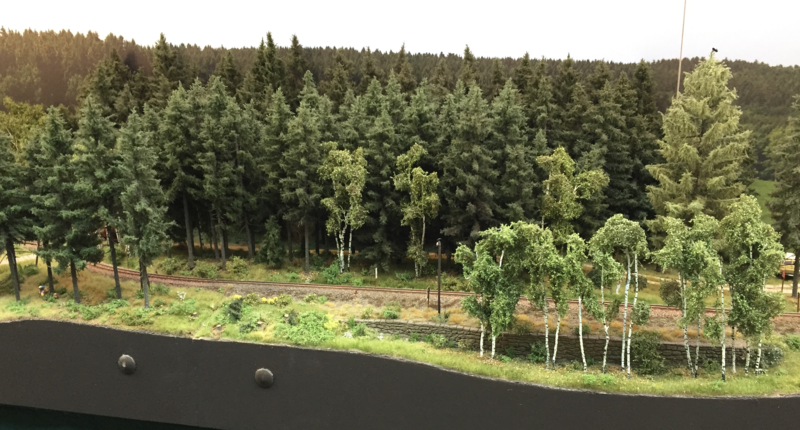Fossgis: geoserver, status and new features - Daniel Koch¶
(One of my summaries of a talk at the 2017 fossgis conference).
See also the geoserver introduction from earlier this morning for a quick summary of what geoserver can do.
This talk is about the recent 2.10/2.11 releases. Geoserver uses a time-based release schedule. So it is not dependent on features, but it simply releases every half year: what is ready gets in, what is not ready is left for the next release. They have three releases/branches:
Stable: the current release (2.10).
Maintenance: the previous stable release (2.9).
Development: currently 2.11-rc1 (it should be released today!).
If you use geoserver, you can use this in your maintentance planning: you know exactly when you have to update.
Some of the most interesting new/improved features are listed below.
Styling. In 2.10, the style editor was completely re-done. It supports SLD, CSS, YSLD. You can also add custom legends. Very handy when creating your style: you can now get a list of your attributes including min/max values.
The YSLD (a YAML variant) has been a community module, but in 2.11 it will be integrated officially. It does away with the main SLD complexity: its XML format. One of the advantages of YAML, apart from readability: you can use variables.
WMS. Geoserver can switch dynamically between PNG and JPEG. It calculates which image format is best for a specific tiles.
Vectortiles. Official in 2.11. They can be much faster. The client can take over rendering. This also means the geowebcache can be more efficient: you only have to store it once instead of separately per style.
Security. LDAP groups are supported.
Backup and restore. Community module. Simple backup and restore of the full geoserver configuration. It even has a REST api.
Startup time in 2.11 is much quicker due to optimizations.

Photo explanation: just a nice unrelated picture from the recent beautiful ‘on traxs’ model railway exibition (see video )

Reinout van Rees
My name is Reinout van Rees and I program in Python, I live in the Netherlands, I cycle recumbent bikes and I have a model railway.
- Weblog
- Over mij (NL)
- About me (EN)
- Ligfiets (NL)
- Klussen en doe-het-zelven (NL)
- Eifelburgenbahn (model railway)
- Videos
- Preken (NL)
- PhD (EN)
Weblog feeds
Most of my website content is in my weblog. You can keep up to date by subscribing to the automatic feeds (for instance with Google reader):